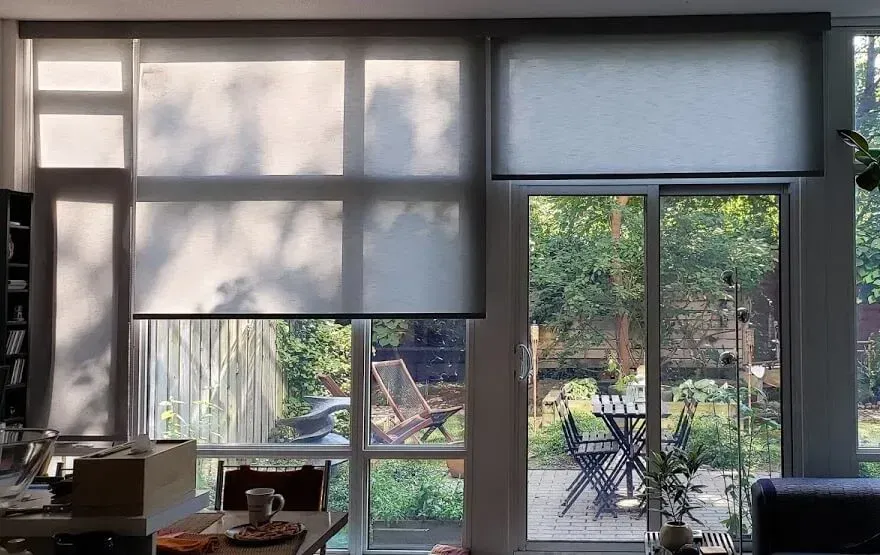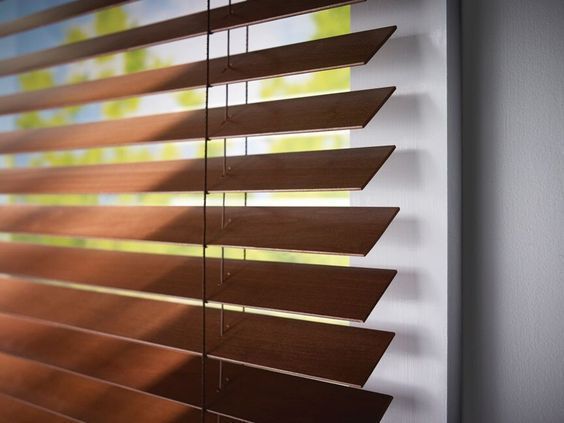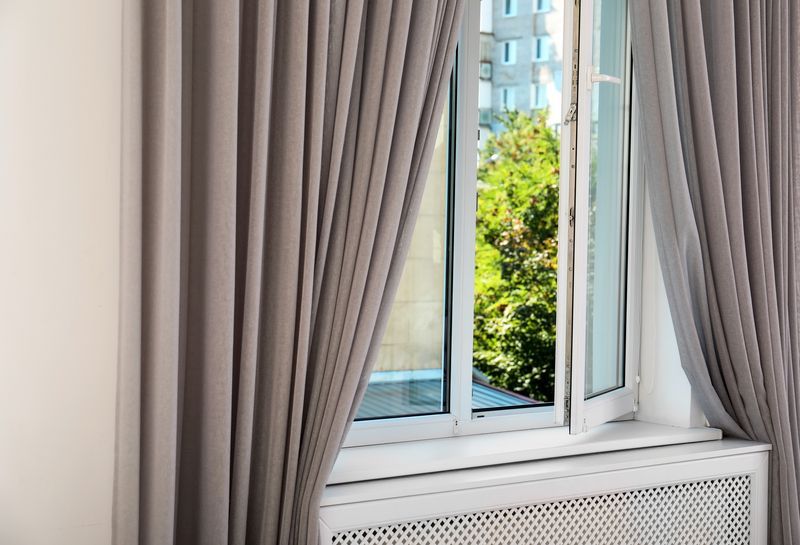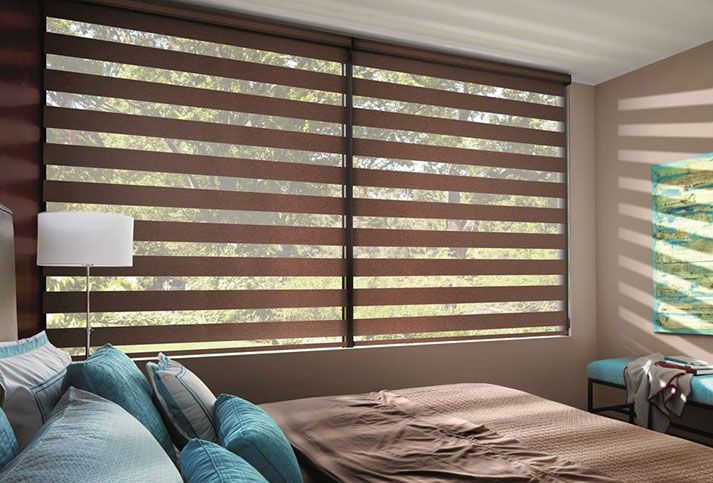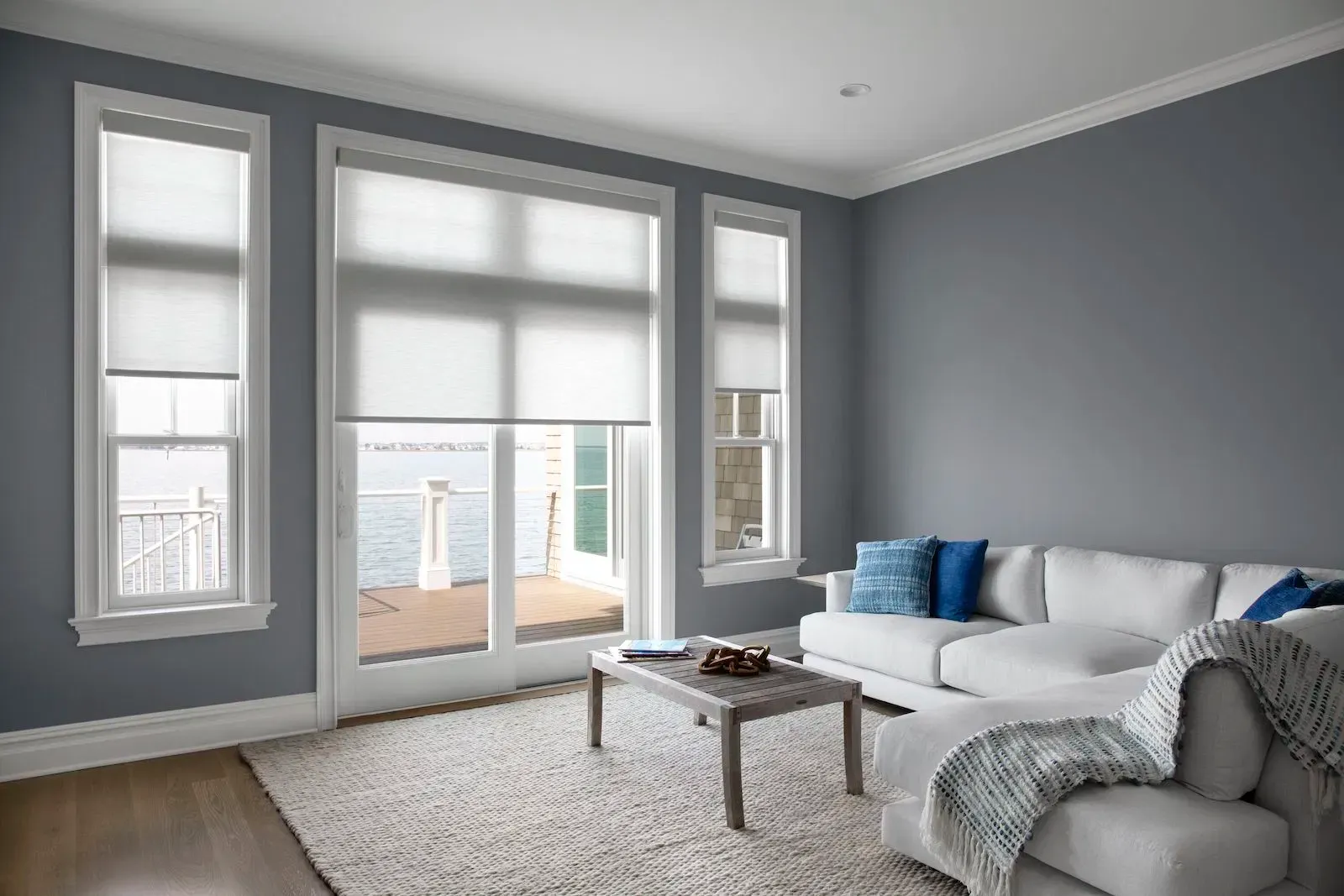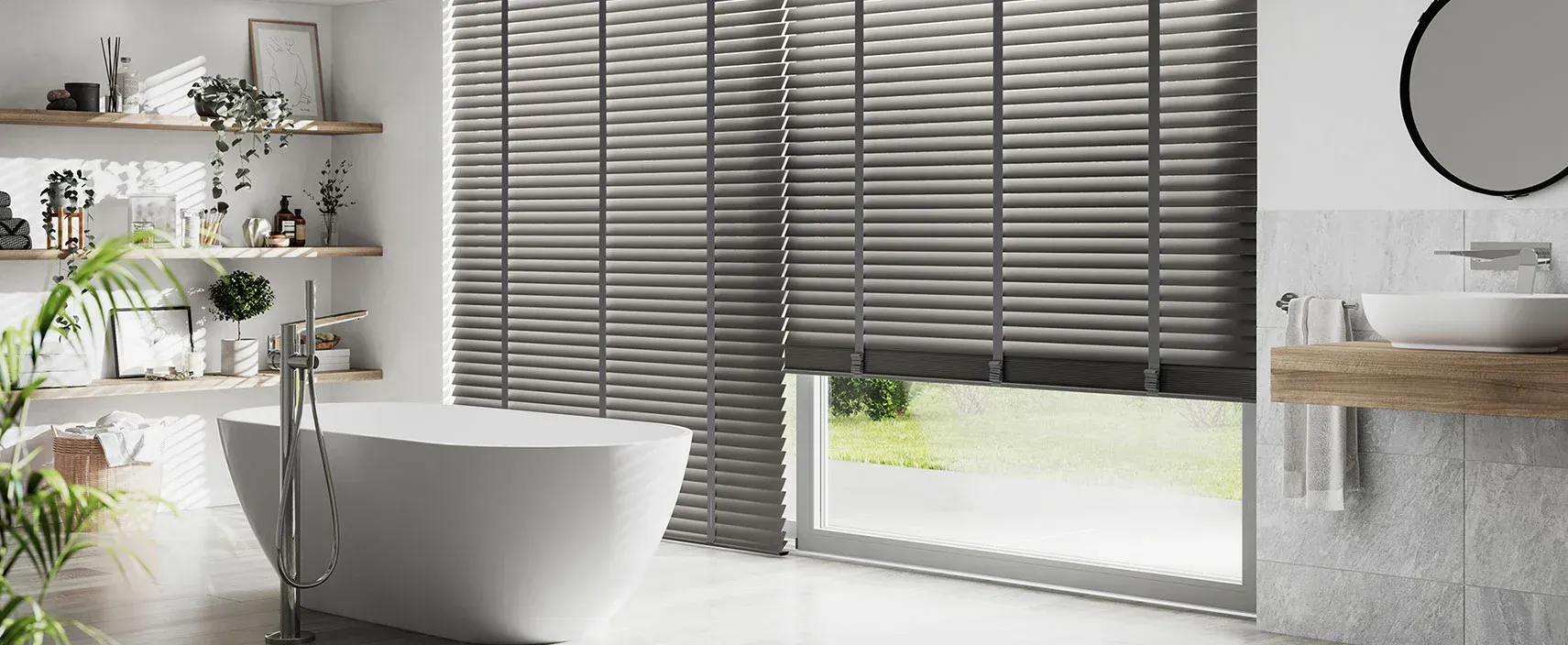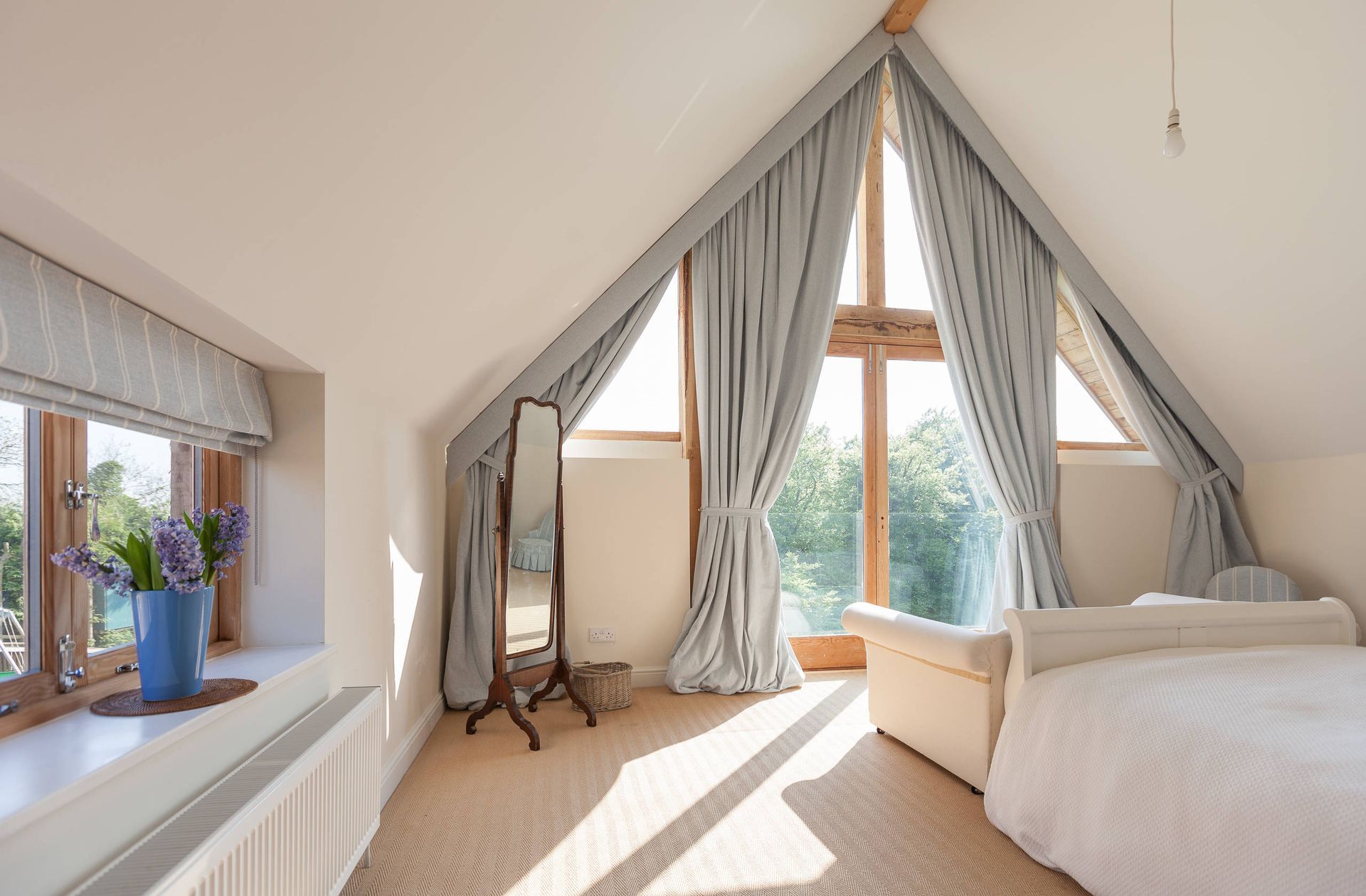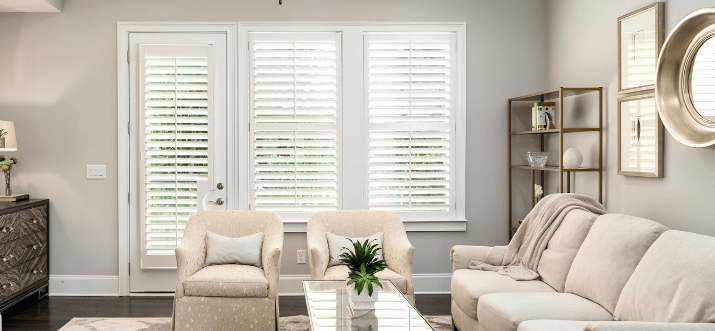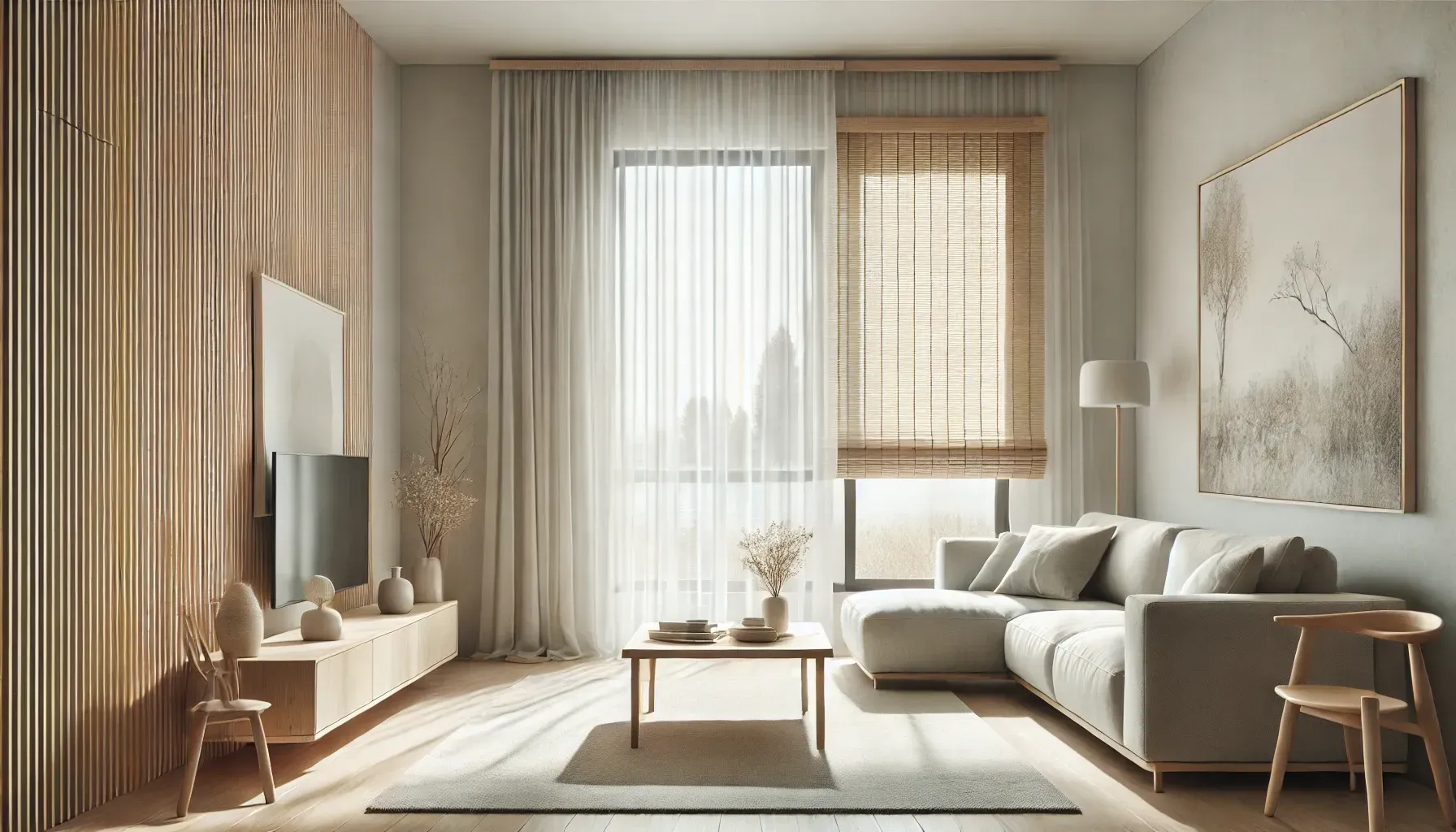The Pros and Cons of Installing Vertical Blinds in Home & Office
Are you planning on installing vertical blinds for your home or office? One of the common disadvantages of vertical blinds is their potential for noise when the slats move, especially in quiet environments. However, a key advantage of vertical blinds is their superior light control, allowing you to easily adjust the amount of natural light entering your space. In this guide, we'll dive deeper into the pros and cons of installing vertical blinds, helping you make an informed decision that suits your space's needs.
Pros of Installing Vertical Blinds
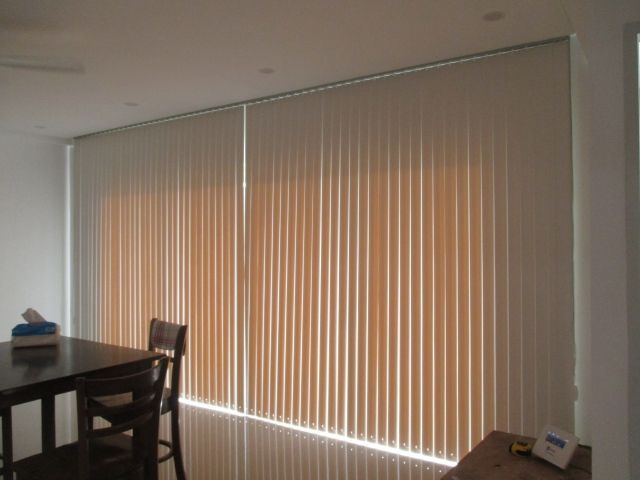
Vertical Blinds Offer Superior Light Control
One of the standout features of vertical blinds is their exceptional light control. With a simple twist of the wand, you can adjust the slats to allow just the right amount of light into your space. Whether you want to diffuse sunlight during the day or create a darker environment for presentations or sleeping, vertical blinds give you the flexibility to do so. This precise control makes them ideal for rooms where lighting needs can vary throughout the day.
Enhanced Privacy with Vertical Blinds
Privacy is a critical consideration for any window treatment, especially in spaces like offices or bedrooms. Vertical blinds excel in this area, offering excellent privacy when the slats are fully closed. This feature is particularly beneficial in offices where confidential discussions or sensitive information needs to be protected from outside view. Compared to sheer curtains or other less opaque window treatments, vertical blinds provide a more robust solution for maintaining privacy.
Safety Considerations
While vertical blinds offer numerous benefits such as superior light control, enhanced privacy, and durability, it's essential to consider safety if you have young children at home. Certain window coverings, including vertical blinds with cords or chains, can pose significant risks to children, such as choking or strangulation hazards. By understanding these risks and choosing child-safe options window covering, you can enjoy the functional and aesthetic advantages of vertical blinds while ensuring your home remains a secure environment for your little ones.
Versatility in Design and Application
One of the key advantages of vertical blinds is their versatility. Available in a wide range of colors, textures, and materials, they can be tailored to match virtually any interior décor. Whether you’re aiming for a minimalist look with sleek aluminum slats or a cozier feel with fabric-covered blinds, the options are nearly endless.
- Design Options: Choose from a variety of colors, textures, and materials.
- Customization: Vertical blinds can be custom-fitted to various window sizes and shapes, making them suitable for everything from large sliding doors to tall, narrow windows.
Cost-Effectiveness of Vertical Blinds
When it comes to cost, vertical blinds offer a budget-friendly option without compromising on style or functionality. They are often more affordable than other window treatments like custom drapes or shutters, making them an attractive option for those looking to update their window coverings without breaking the bank.
- Affordability: Vertical blinds are generally less expensive than other window treatments.
- Durability: The cost-effectiveness, combined with their durability, means you’re getting a great return on your investment.
Cons of Installing Vertical Blinds
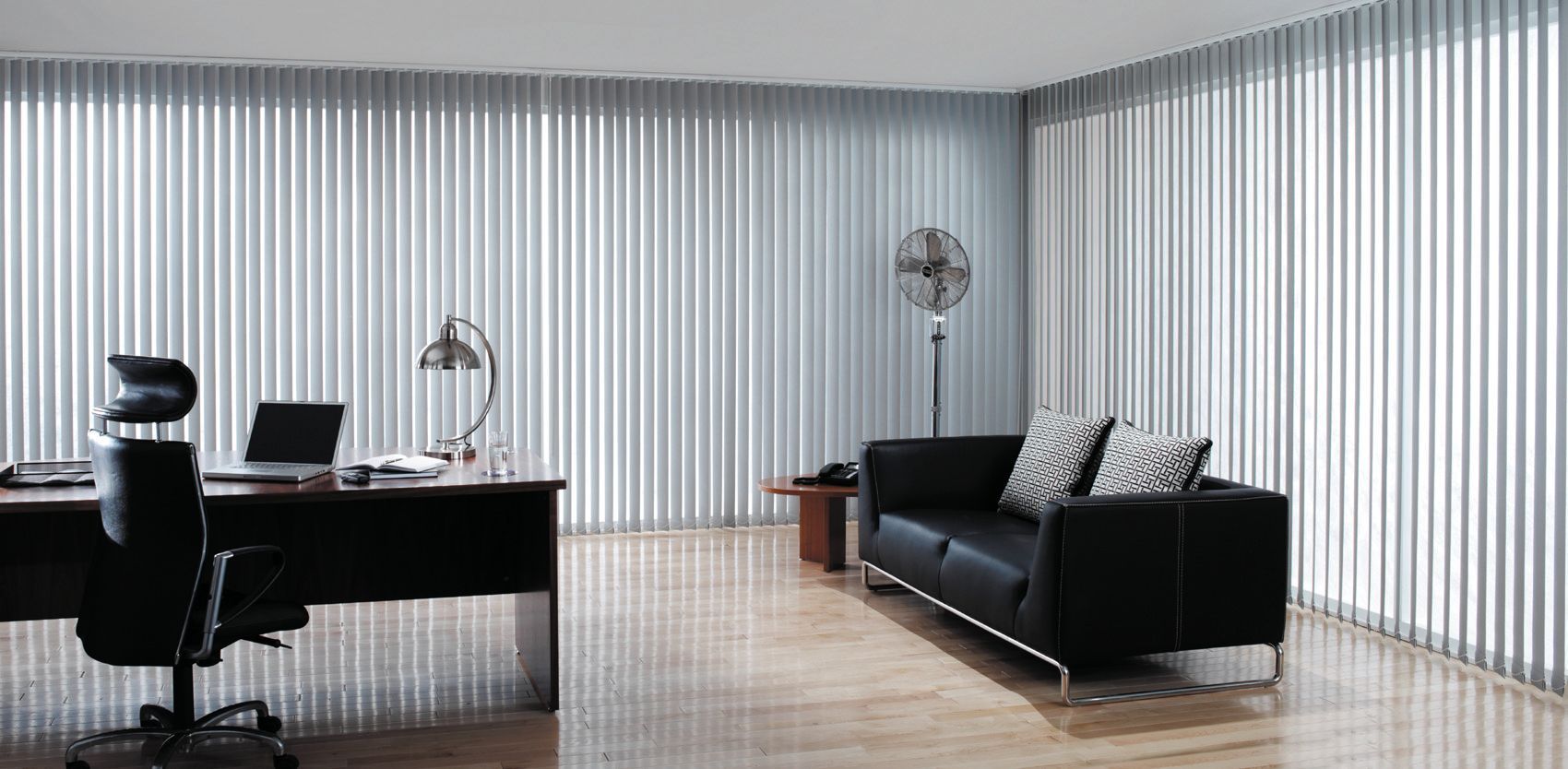
Noise Concerns with Vertical Blinds
One downside of vertical blinds is the noise they can produce, particularly when the slats are made from metal or thin plastic. When moved or when a breeze passes through an open window, the slats can clatter against each other, creating a distracting noise. In a quiet office environment, this can be particularly bothersome, so it’s essential to consider the material of the slats and the impact of potential noise before making a decision.
Limited Light Blockage
While vertical blinds offer great control over light, they may not be the best choice for rooms where complete darkness is required, such as home theaters or bedrooms. Even when fully closed, some light can seep through the gaps between the slats, which can be an issue for those who need total darkness. In such cases, alternatives like blackout curtains might be a better option.
Maintenance Challenges
Keeping vertical blinds clean can be more challenging than with other types of window treatments. Dust and dirt tend to accumulate on the slats, and cleaning them can be tedious, especially if the blinds have a textured surface. Additionally, the slats can become misaligned or damaged over time, requiring occasional adjustments or replacements.
- Cleaning Difficulty: Dust and dirt can accumulate between the slats, making cleaning tedious.
- Maintenance: Slats can become misaligned or damaged over time, requiring adjustments or replacements.
Unsuitability for Small Windows
Vertical blinds are best suited for large windows or sliding doors. On smaller windows, they can look out of proportion and may not function as well as other options like horizontal blinds or shades. If your space features a mix of large and small windows, you might need to consider different treatments for each to maintain a cohesive look.
Vertical Blinds vs. Other Window Treatments
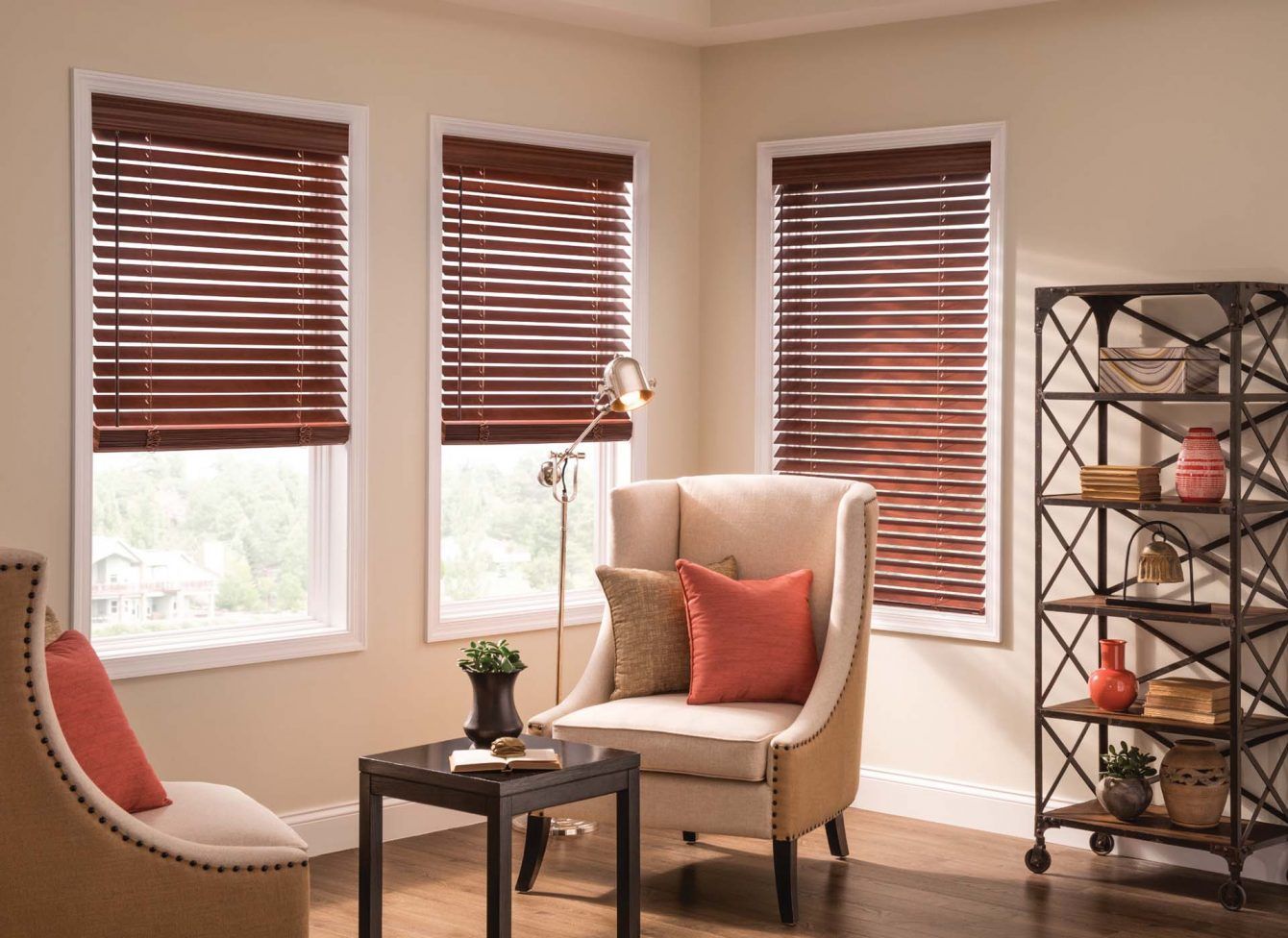
Vertical Blinds vs. Horizontal Blinds
When choosing between vertical and horizontal blinds, it’s important to consider the specific needs of your space. Vertical blinds are typically better suited for large windows and sliding doors, offering better coverage and easier operation in these settings. Horizontal blinds, on the other hand, are more versatile for smaller windows and can provide a more traditional look.
- Vertical Blinds:
- Ideal for large windows and sliding doors.
- Easier to clean due to larger slats.
- Horizontal Blinds:
- More versatile for smaller windows.
- Provides a traditional look.
Vertical Blinds vs. Curtains
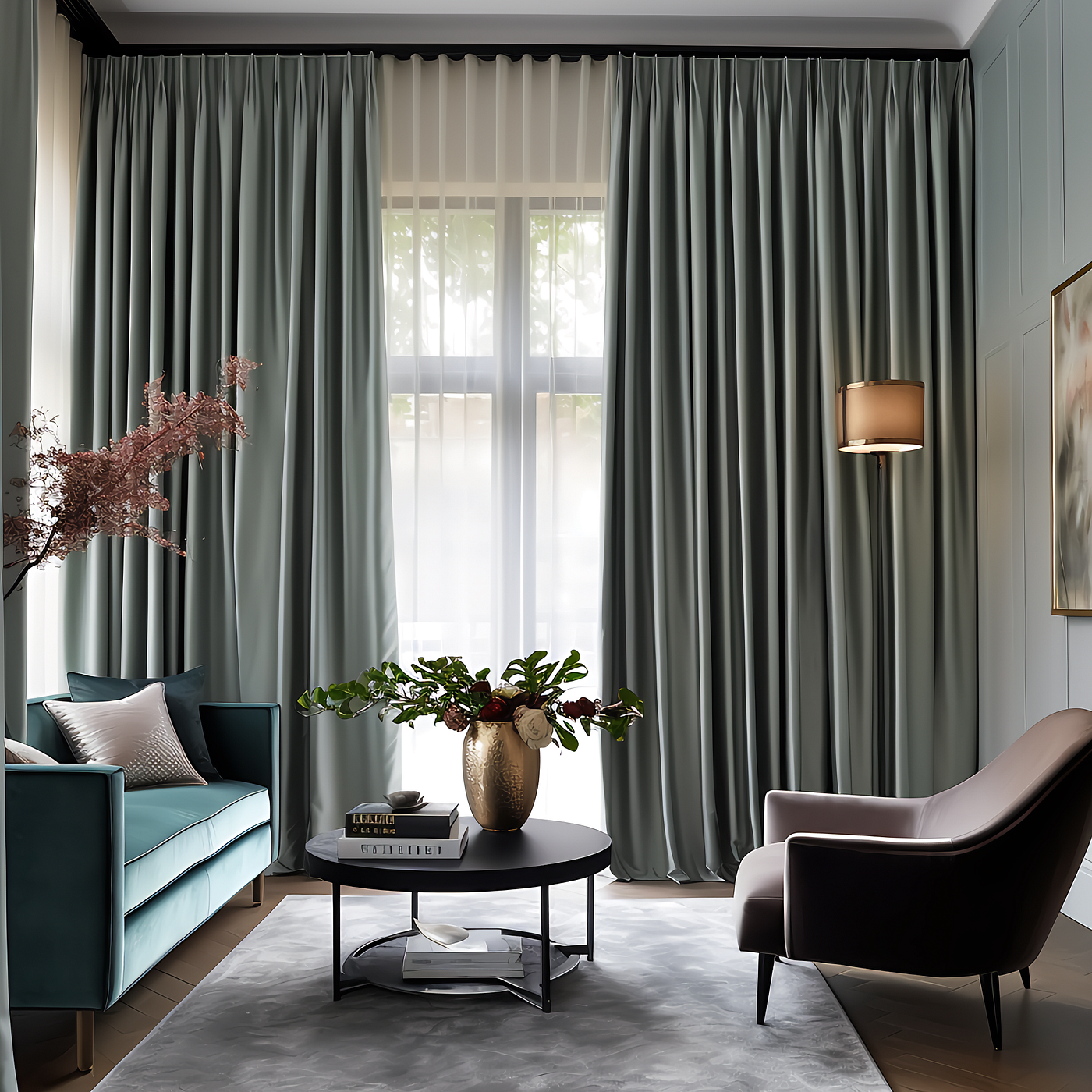
Comparing vertical blinds to curtains involves weighing practicality against aesthetics. Vertical blinds offer more precise light control and are generally easier to maintain than curtains, which may require regular washing or dry cleaning. However, curtains can provide a softer, more decorative touch to a room, and can be layered with other window treatments for enhanced light control and insulation.
- Vertical Blinds:
- Offers precise light control.
- Easier to maintain.
- Curtains:
- Provides a decorative touch.
- Can be layered for better insulation.
Ready to explore your options?
At Love is Blinds, we offer a wide range of vertical blinds that can be customized to fit your space perfectly. Contact us today for a consultation or to request a sample, and let us help you find the perfect solution for your home or office.

